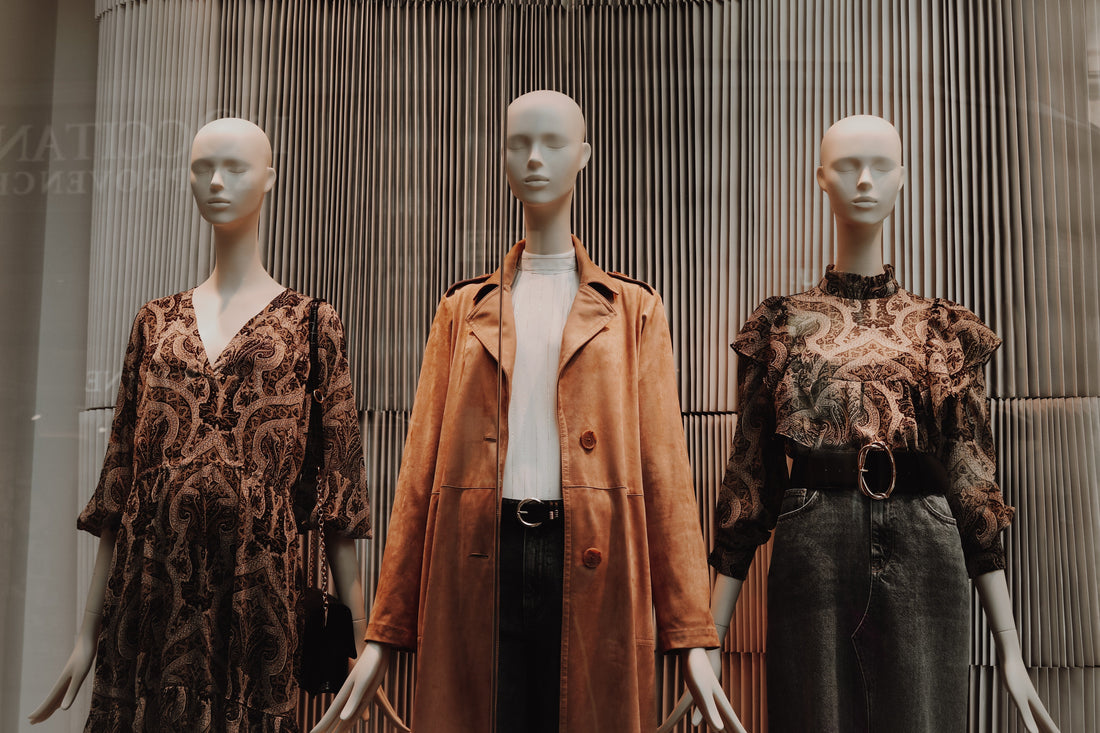
New to clothing production?
Share
Here is how clothing manufacturing usually works:
1. Your Idea - design, sketch, tech pack
Develop the design. Establish a product specification or Tech Pack. At Silver textile, we facilitate connections with experts who specialize in design and specification preparations for your project. Ensure you have these details sorted before moving forward with creating your sample, as they will serve as your guiding blueprint.
2. Decide on the fabrics and trims
Define the materials you will need to use for your project. You can do this yourself or consult with a specialist, who will work on each style’s fabric choices for you.
It’s good to experiment, but remember that not all experiments work out, so you will need to be patient. Don’t forget about smaller components, such as trims, zips, and buttons. These will also need to be defined at this stage.
3. Pattern making & Prototyping
Pattern making is the process of creating template pieces of a garment. Usually cut from thick paper or created digitally with software, these templates are later used to cut specific parts of clothes from fabrics.
Another name for pattern making is pattern cutting. This process involves cutting out patterns—parts of a design that will then be sewn together to produce your garment.
4. Get a sample made
Once you have confirmed the materials and finalised your design and tech pack, share it with a preferred sampling studio or manufacturer so they can start the work. To check that your garment fits correctly, a fitting sample, which is the first sample, is produced. This process is called sample making. Often a toile is used at this stage to save wasted use of your final fabric.
5. Sizing & Fit
Once the sample is approved and you’re ready to reproduce your garment in various sizes, the next step is size grading with your pattern.
Pattern grading creates various sizes from the master pattern. Using software or by hand, sizes can be adjusted up or down with specific measurements, depending on whether the items are standard or have a certain specified style (like oversized items) or function (like competitive sports uniforms).
If you’re unsure of the best sizing for grading, you can request industry standard sizing data from the specialist or factory you work with. Note that if you’re creating items for specific purposes (maternity clothes, competition gear, oversized garments), the standard might not always be the best solution. It's good practice to check samples in a size up and down before preparing garments for bulk orders.
Once all sizes are approved and you know the quantities and breakdown of items per color and style, the manufacturer can estimate the required material consumption. This will inform you of the fabric and trim quantities you need to buy or supply to a manufacturer if the factory is not providing them.
6. Bulk production & Quality control
The final step is bulk manufacturing of your clothes. Don’t forget to ask the manufacturer about their quality control procedures. It’s always easier to make amendments before the bulk is shipped to you, so requesting pictures of completed products is a good idea.
Now that you know how this works and what to expect, get started on your first project and submit your first inquiry.
